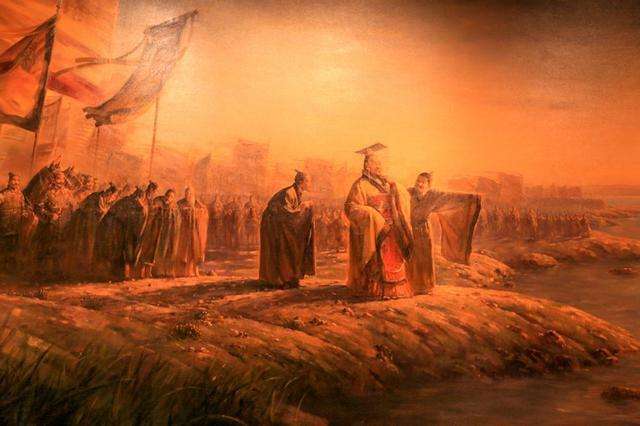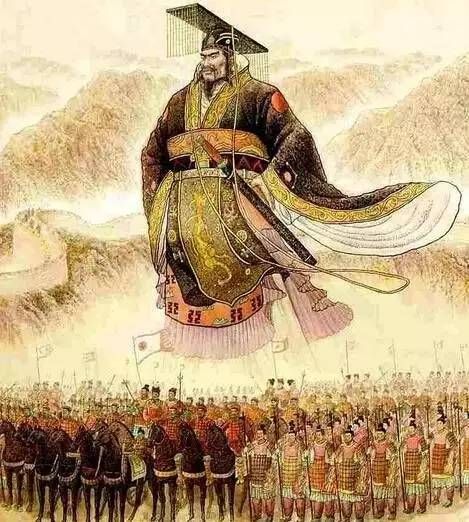Annexing the six States and Unifying the Country
3 min readFollowing Minister of Justice Li Sis advice, the ambitious Ying Zheng was determined to annex the six states of Han, Zhao, Wei, Chu, Yan, and Qi so that he could establish a unified empire.
The unification war began with the State of Han. Before taking up arms, Ying Zheng first fostered pro-Qin forces in that neighboring state trying to disintegrate it from within. In 231 BC he launchedalarge-scale offensive, and laid siege to Xinzheng–the state’s capital city. The next year the Han king was captured alive, and the state was subjugated.

In 229 BC the State of Zhao was hit by great earthquakes and serious famines. Ying Zheng seized the opportunity to send an expedition against it. Nevertheless, after a year’s war his army couldn’t win victory. To break the deadlock, Ying Zheng spread rumors to set the enemy at odds, successfully making the Zhao king kill several of his generals. The Qin troops then pressed ahead like a hot knife through butter, and captured the Zhao capital of Handan. Having no place to turn, the Zhao king surrendered.
Whilst attacking the Zhao, Ying Zheng also deployed massive forces along the border with the State of Yan. In 227 BC, Dan–the Yan crown prince–sent a heroic man named Jing Ke to the Qin capital Xianyang(today’s same-named city in Shaanxi Province) to assassinate Ying Zheng. Jing didn’t succeedbut lost his own life. Ying Zheng immediately mounted an offensive against the Yan, and occupied itscapital Jicheng(present Beijing) in 226 BC. Four years later, the Qin army attacked the Yan again and captured its king, letting the state perish.
Ying Zheng then spearheaded the attack on the State of Wei. In 225 BC, his troops besieged the Wei capital Daliang(present Kaifeng of Henan Province) but made no headway. They channeled the water of the Yellow River to flood the city and finally broke down its tall and strong walls. The Wei king who pretended to surrender didn’t escape the fate of execution in the end.
The State of Chu located in the south claimed to have a force of one million and was undoubtedlythe most powerful among the six states. Starting from 226 BC, Ying Zheng moved parts of the troopsattacking the Yan State to the south and captured some dozen of Chu cities. However, the next year about 200 thousand Qin troops led by generals Li xin and Meng Tian suffered a devastating defeat. The Chu State wasn’t destroyed until 224 BC when general Wang Jian who led an army of 600 thousand tofight for more than one year finally occupied the Chu capital Shouchun (present Shouxian Countyin Anhui Province) and captured its king alive.

In 221BC, general Wang Ben(son of Wang Jian) commanded an army to march eastward, and soon seized Linzi(today’s same-named district under municipal jurisdiction of Zibo City, Shandong Province)–the capital of the Qi state –in coordination with those officials inside the city who were already bought over. The Qiking surrendered.
After destroying the above six states over a period of ten years, King Ying Zheng of the Qin unified China for the first time in history. He made Xianyang the capital of the multinational, highly centralized and autocratic empire.








